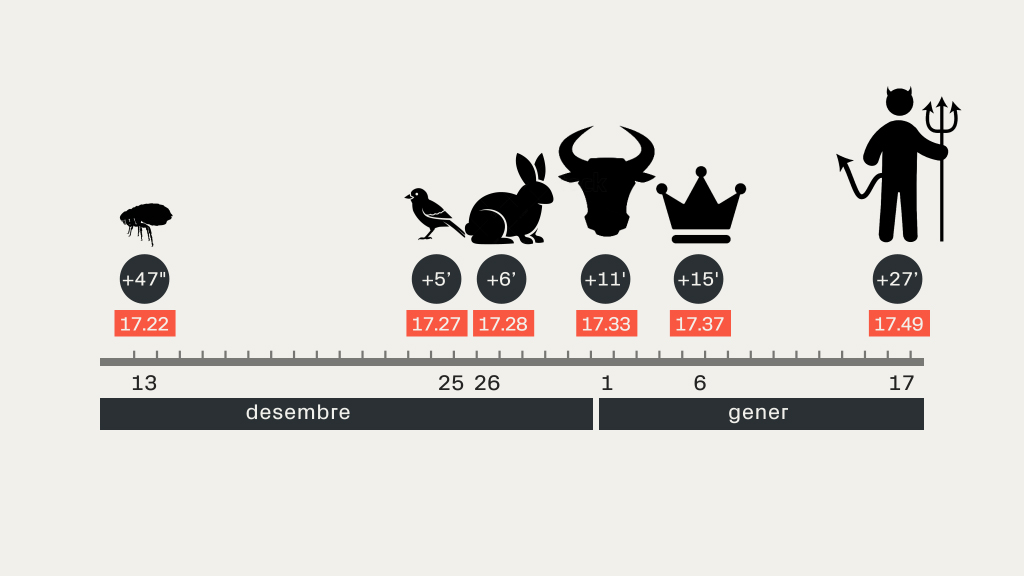- Joined
- Sep 26, 2009
- Posts
- 112,955
- Reaction score
- 152,517
- Points
- 113
Now that I think about it, there might be a good example of that in my own state of Florida. The logging industry favors replanting with slash pine (Pinus elliottii), which is predominant in the southern part of the state, over longleaf pine (Pinus palustris), which is more common in the northern parts of Florida, when they log out northern Florida forests. They do this because slash pine grows much faster than longleaf pine, and thus can be harvested more quickly. The problem is that slash pine has a higher resin content, so it burns faster. Logging operations like to do monoculture planting as well. This was a factor in the 1998 fires at Palm Coast, where many homes were lost. Of course the other factor was developing into forested areas, which naturally burn periodically. Developers are notorious about building in inappropriate places.
BTW, I've always wondered about all the "carbon neutral" plantings that were all the rage about ten-fifteen years ago, but you don't hear that much now. For example, you would hear that the Super Bowl was carbon neutral, meaning that an amount of trees that would remove carbon from the air in the same amount that would be generated by the fossil fuels burned to put on the event. Was anybody checking up on these, to see if 1. the trees were actually planted 2. the appropriate trees were chosen, and planted in appropriate locations, and 3. did the trees survive and grow into healthy specimens? I guess I'm a bit skeptical, given the human tendency to fudge on jobs, or lie outright about doing what was promised.
Here’s a really good video from PBS about planting trees and carbon neutral forests.




 BCN has as many dogs as kids up to 12, and their number almost equals the whole population of one of the city's ten districts.
BCN has as many dogs as kids up to 12, and their number almost equals the whole population of one of the city's ten districts.

